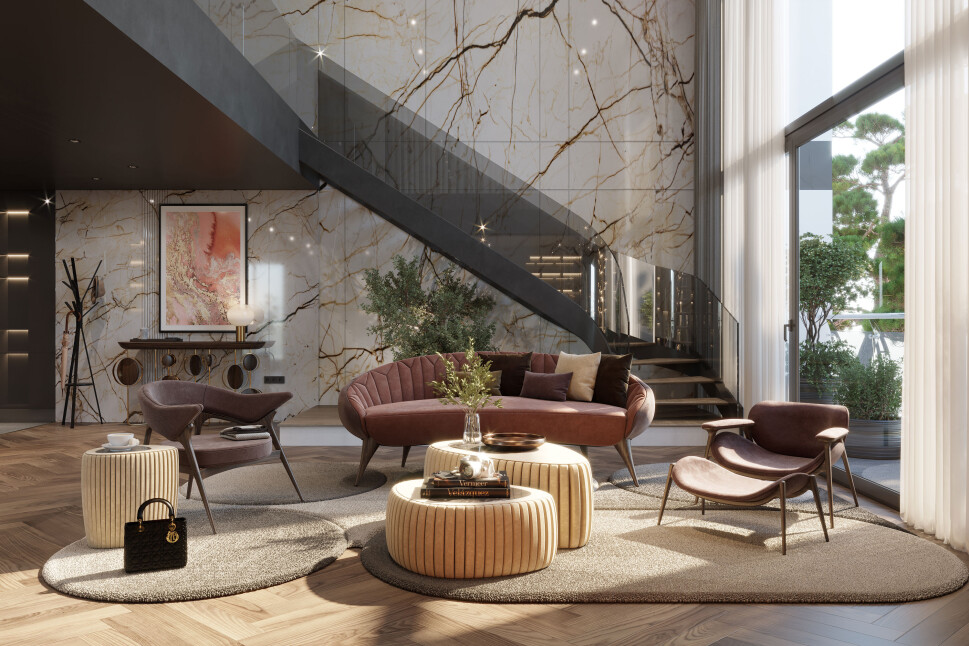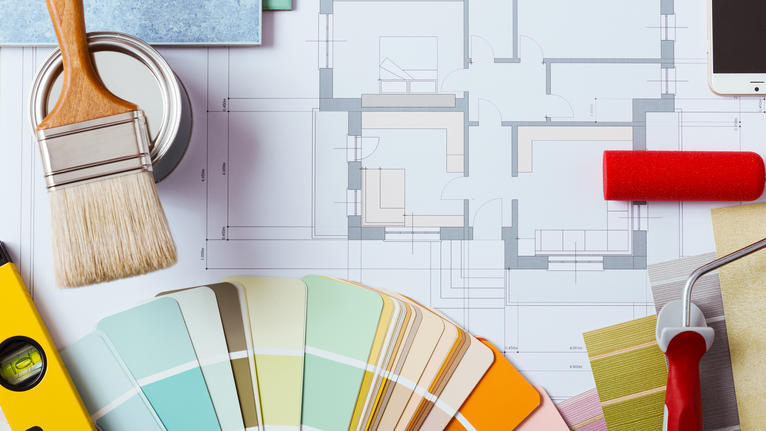Your Desire Home Waits For: Picking an Interior Designer Miami
Why Understanding the Principles of Interior Design Is Important for Effective Space Preparation
Recognizing the principles of interior design is basic to reliable area preparation, as it lays the foundation for creating environments that balance functionality with aesthetic allure. Important aspects such as flow, percentage, and equilibrium are not simply ornamental considerations; they are critical in enhancing exactly how an area is utilized.
Relevance of Area Planning
Space planning is an essential facet of interior decoration that dramatically influences the functionality and appearances of an area. It involves the strategic setup of furniture, fixtures, and architectural aspects to maximize making use of available space while improving the total customer experience. Reliable space planning addresses various factors, consisting of flow, accessibility, and the particular demands of the owners.
One of the main benefits of room planning is its capacity to boost spatial efficiency. Interior designer Miami. By attentively organizing a layout, developers can guarantee that every area serves a purpose, minimizing mess and promoting a feeling of order. Additionally, appropriate space planning promotes an unified atmosphere, permitting smooth motion and interaction within a room
Furthermore, successful space preparation takes right into account natural light, sightlines, and the relationship in between different locations. This alternative technique not only boosts the aesthetic charm but also adds to the well-being and productivity of the occupants. Inevitably, a well-executed room plan contributes in developing a balanced and inviting ambience, making it essential for any interior decoration task.
Secret Principles of Inside Style

One essential concept is balance, which can be in proportion, unbalanced, or radial. Symmetrical balance produces a feeling of order, while asymmetrical equilibrium provides a more vibrant aesthetic appeal. One more critical principle is percentage and range, guaranteeing that the size of furniture and design elements relate sympathetically per various other and the general area.
Color concept additionally plays a substantial role, influencing mood and understanding. Developers make use of shade schemes to stimulate details sensations and improve the spatial experience. Additionally, the principle of rhythm includes creating a feeling of motion through rep of forms, patterns, or shades, guiding the eye throughout the space.
Last but not least, the concept of emphasis routes attention to prime focus, enabling for a clear narrative within the style. Interior architecture Miami. By adhering to these vital concepts, indoor designers can produce environments that not only fulfill functional requirements yet additionally resonate with the residents on an emotional degree
Effect On Performance and Circulation

The setup of furnishings, the choice of materials, and the integration of modern technology all play critical functions in accomplishing ideal capability. For circumstances, positioning seating locations in distance to work spaces can help with communication and partnership, therefore improving efficiency. In addition, making sure that pathways are clear and unhampered allows for effective activity, reducing congestion and advertising a natural circulation throughout the room.
Moreover, integrating components such as illumination and color can better assist in defining locations, making it easier for people to navigate their atmosphere. Thoughtful area preparation takes into consideration not only the physical elements of style yet likewise just how customers connect with their surroundings. Inevitably, a concentrate on capability and circulation not just enhances the user experience yet additionally boosts the total effectiveness of the room, producing a setting that satisfies the demands of its occupants while promoting a sense of harmony and equilibrium.
Enhancing Aesthetic Appeals and State Of Mind
Three essential aspects-- structure, lighting, and shade-- play crucial functions in improving the visual appeals and state of mind of an interior room. Shade establishes the emotional tone; cozy colors like reds and oranges evoke power and heat, while cooler shades such as blues and greens advertise calmness and serenity. Choosing a harmonious shade scheme can transform a space, producing a visually enticing and cohesive setting.
Appearance includes deepness and passion, adding to the responsive experience within a space. Check This Out A mix of structures-- smooth surfaces, deluxe textiles, and natural materials-- can create visual intrigue and boost convenience. As an example, combining a soft velvet sofa with a streamlined glass coffee table can create a well balanced visual that welcomes communication.
Lights, often a forgotten component, significantly influences mood. All-natural light fosters an open, ventilated environment, while tactically positioned fabricated lighting can develop warmth and emphasize architectural functions. Dimmer buttons allow flexibility, enabling changes to suit various tasks or times of day.
Including these three aspects attentively not only raises the visual appeal of a room yet additionally grows an environment that resonates with its intended purpose, eventually enhancing the overall experience for its owners.
Practical Applications in Reality
Applying indoor style concepts in genuine life calls for a thoughtful technique that incorporates color, appearance, and lighting into everyday rooms. By understanding how these elements interact, people can produce environments that are not just aesthetically appealing however unified and also functional.
For instance, in a small living location, using a light color palette can make the space really feel larger and more open. Strategic use mirrors can improve all-natural light and create an illusion of depth. Including various structures through textiles, such as rugs and pillows, can include warmth and interest without frustrating the detects.
Lighting plays a critical role in defining the ambience. Layered illumination, including ambient, job, and accent alternatives, enables flexibility in mood settings. In a home office, for instance, a mix of natural light, desk lamps, and ornamental fixtures can enhance anonymous productivity while preserving a welcoming atmosphere.
In addition, understanding spatial connections and furnishings arrangement can result in boosted performance. By sticking to concepts such as equilibrium and proportion, one can make certain that spaces serve their intended function while continuing to be aesthetically pleasing. Generally, practical applications of interior decoration principles considerably enhance the livability and appeal of any type of atmosphere.
Verdict
To conclude, understanding the concepts of interior decoration is critical for effective area preparation, as it promotes a balance in between performance and aesthetics. By applying crucial concepts such as proportion, color theory, and flow, designers can develop atmospheres that boost both use and visual allure. Eventually, this understanding adds to the development of areas that not only meet useful demands but additionally elevate the general ambience, resulting in more reliable and delightful experiences for individuals.
Understanding the concepts of indoor style is fundamental to efficient space preparation, as it lays the foundation for creating environments that integrate functionality with aesthetic allure.Area preparation is a fundamental facet of interior layout that significantly influences the functionality and looks of an area. In addition, proper room preparation fosters an unified atmosphere, allowing for seamless motion and communication within an area.
In addition, the concept of rhythm entails producing a feeling of movement via repetition of shapes, patterns, or colors, assisting the eye throughout the space.
In conclusion, comprehending the concepts of indoor design is essential for reliable space planning, as it promotes a balance between functionality and visual web appeals.